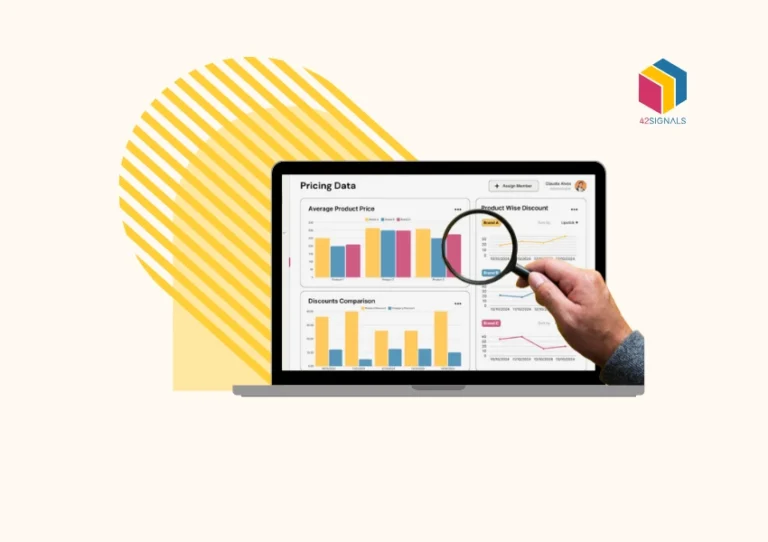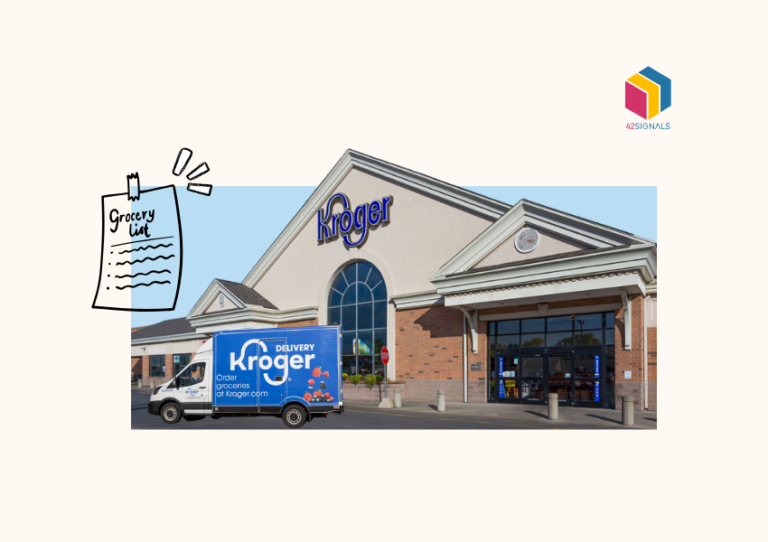In today’s fiercely competitive e-commerce landscape, standing out with superior product listings is not just an advantage; it’s a necessity. The key to crafting these compelling listings lies in leveraging competitive intelligence (CI) tools effectively. These powerful tools offer insights into competitors’ strategies, consumer behavior, and market trends, enabling businesses to refine their product offerings dynamically. Let’s dive into how competitive intelligence tools can transform your product listings.
Understanding Competitive Intelligence Tools
Competitive intelligence tools are software solutions that gather, analyze, and interpret data related to competitors’ operations, strategies, and customer feedback. They monitor a range of sources, including but not limited to, competitor websites, social media, customer reviews, and pricing databases. The insights gained from these tools can inform various strategic decisions, from pricing adjustments to enhanced product features and optimized marketing messages.
Key features of Competitive intelligence tools include:
- Real-Time Data Monitoring: Tracking competitor actions, such as price changes or new product launches.
- Consumer Sentiment Analysis: Aggregating customer feedback to uncover trends and preferences.
- Market Trend Identification: Spotting shifts in demand or emerging opportunities in the market.
Crafting Superior Product Listings with CI Insights
Step into Your Competitors’ Shoes
Imagine knowing exactly why a competitor’s product listings outperform others. Competitive intelligence tools enable you to dissect the strengths and weaknesses of rival listings, offering a blueprint for success. For instance, if a competitor’s eco-friendly packaging or inclusion of bonus items is earning rave reviews, consider how you can incorporate these elements into your own offerings.
By analyzing competitors’ descriptions, imagery, and tone, you can craft listings that resonate better with your audience. For example:
Keywords: Optimize your listings with high-performing keywords identified through CI tools to boost visibility in search results.
Descriptions: Use competitor insights to refine your language. Highlight key benefits in a clear and engaging manner.
Visuals: Study competitor imagery to determine what works. Are lifestyle photos more engaging than product-only shots? Mimic the approach but add your unique spin.
Tune into Your Customers’ Voice
The beauty of CI tools lies in their ability to collect and analyze vast amounts of customer feedback. Reviews and ratings reveal what customers love about products and where competitors fall short. These insights are a goldmine for crafting product listings that speak directly to your target audience.
For example, if customers repeatedly express frustration over complicated product instructions in competitor reviews, you can emphasize your product’s simplicity and user-friendliness in your listing. Similarly, if there’s a demand for more durable materials, you can showcase your product’s superior quality and longevity.

Pricing It Right with Competitive Intelligence Tools
Pricing is one of the most dynamic and influential components of any product listing. Competitive intelligence tools allow you to monitor pricing trends in real time, ensuring your products remain attractively priced. By adopting a strategic approach, you can align your pricing with market conditions:
- Premium Pricing: Position your product as a luxury option by highlighting quality and exclusivity.
- Competitive Pricing: Offer better value by bundling products or including additional benefits.
- Dynamic Pricing: Use CI tools to adjust prices based on demand fluctuations or competitor actions.
For example, an e-commerce retailer could use CI insights to identify a competitor’s flash sale and respond by offering limited-time discounts, thereby capturing customer interest.

Source: Brandly360
Real-World Inspirations: The Airbnb Revolution Through Competitive Intelligence Tools
When Airbnb first entered the market, it wasn’t just up against traditional hotel chains; it was challenging the very foundation of the hospitality industry. To carve out its niche, Airbnb turned to insights that could be gleaned from Competitive Intelligence (CI) tools, effectively transforming these insights into a revolutionary business model and product (listing) strategy.

Source: Pricelabs
Leveraging CI tools, Airbnb could identify key themes and trends across various platforms, including the desire for local experiences, the importance of user-generated content, and the emerging culture of sharing economy. These insights were goldmines, informing how Airbnb designed its platform, from the user interface to the kind of listings it encouraged hosts to post. Moreover, Airbnb used CI insights to understand the pricing strategies of hotels in various locations, allowing them to advise hosts on competitive pricing.
Airbnb’s story is a testament to how effectively harnessing Competitive Intelligence can lead to disruptive innovation. By staying attuned to market trends, competitor strategies, and consumer desires through CI insights, Airbnb was able to challenge industry norms and redefine what travelers expect from their accommodations. This strategic approach to CI has not only facilitated Airbnb’s explosive growth but has also permanently altered the landscape of global travel.
Implementing CI for Your Listings: A Step-by-Step Guide
Start with a CI Tool Choose a competitive intelligence tool tailored to your industry. Tools like Brandly360 or Pricelabs provide deep insights into competitor performance and market trends. Begin by monitoring your competitors’ keywords, pricing, and customer feedback.
Analyze and Adapt Dive into the data to uncover patterns in customer behavior and competitor strategies. Identify what customers appreciate and where competitors fall short.
Highlight Your Differentiators Use insights to emphasize what makes your product unique. Whether it’s superior craftsmanship, innovative features, or eco-friendly attributes, ensure these aspects shine in your listing.
Keep a Pulse on Pricing Regularly update your pricing based on real-time competitive insights. Use dynamic pricing strategies to respond to market changes swiftly.
Iterate and Evolve The e-commerce landscape is ever-changing. Stay ahead by continuously refining your product listings using fresh CI insights.
Benefits of Using Competitive Intelligence Tools for Product Listings
- Enhanced Visibility: Optimized keywords and descriptions improve search rankings.
- Customer-Centric Listings: Insights from customer feedback ensure your listings address real needs.
- Dynamic Adaptability: Stay competitive with real-time data on market and pricing trends.
- Stronger Brand Positioning: Highlight unique selling points effectively to differentiate your products.
- Increased Conversions: Better-aligned product listings resonate with customers, driving higher sales.
Conclusion on Competitive Intelligence Tools
Using Competitive Intelligence tools to enhance your product listings is not just about keeping up with the competition; it’s about staying one step ahead. It’s a powerful strategy to not only make your products more visible and attractive but also to deeply connect with your customers, addressing their needs and desires in ways that your competitors haven’t yet imagined.
Ready to outshine your competitors and captivate your market? 42Signals is your key to unlocking deep competitive insights and transforming your product listings, marketing strategies, and overall business approach. Get in touch today at sales@42signals.com







